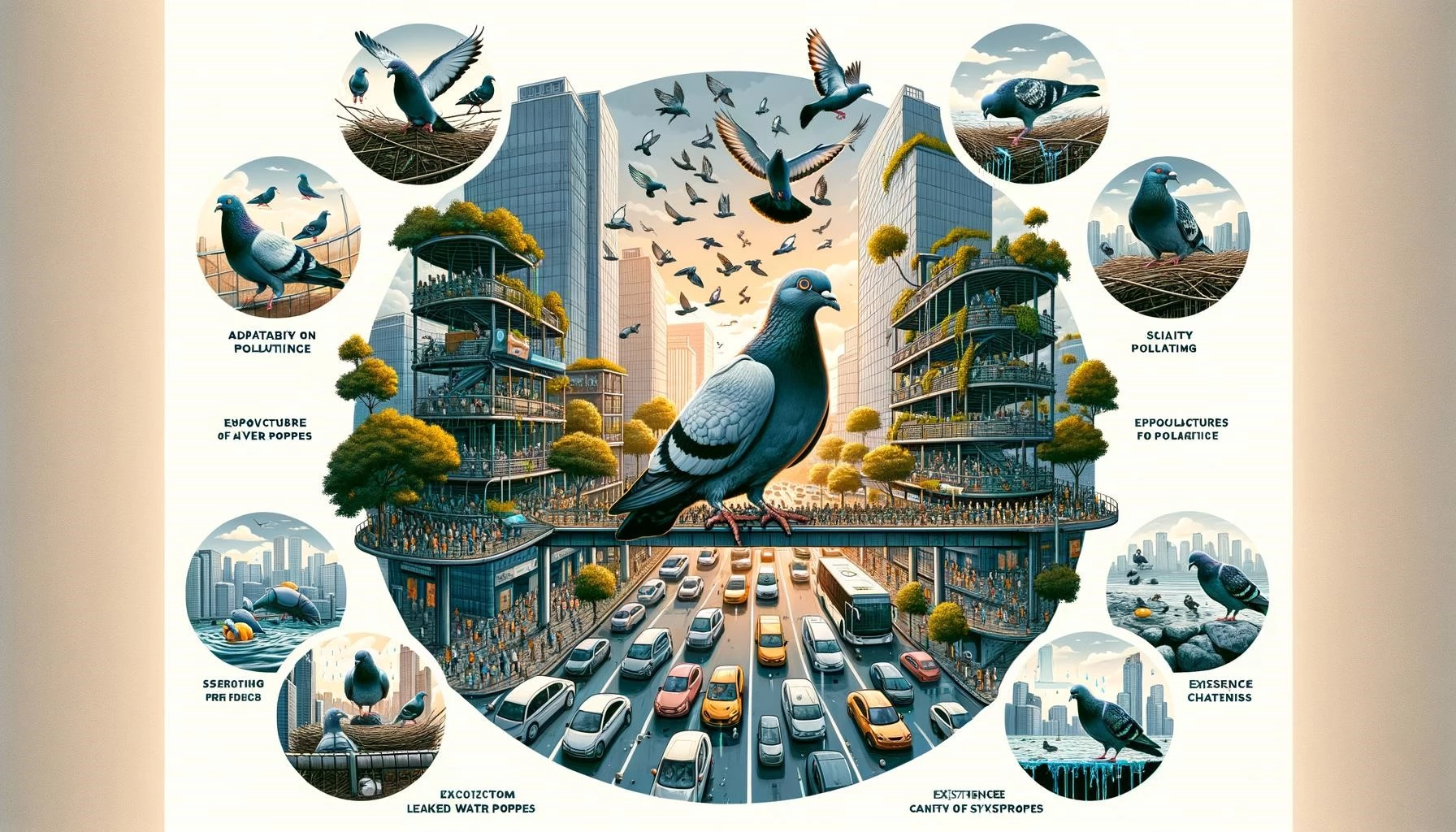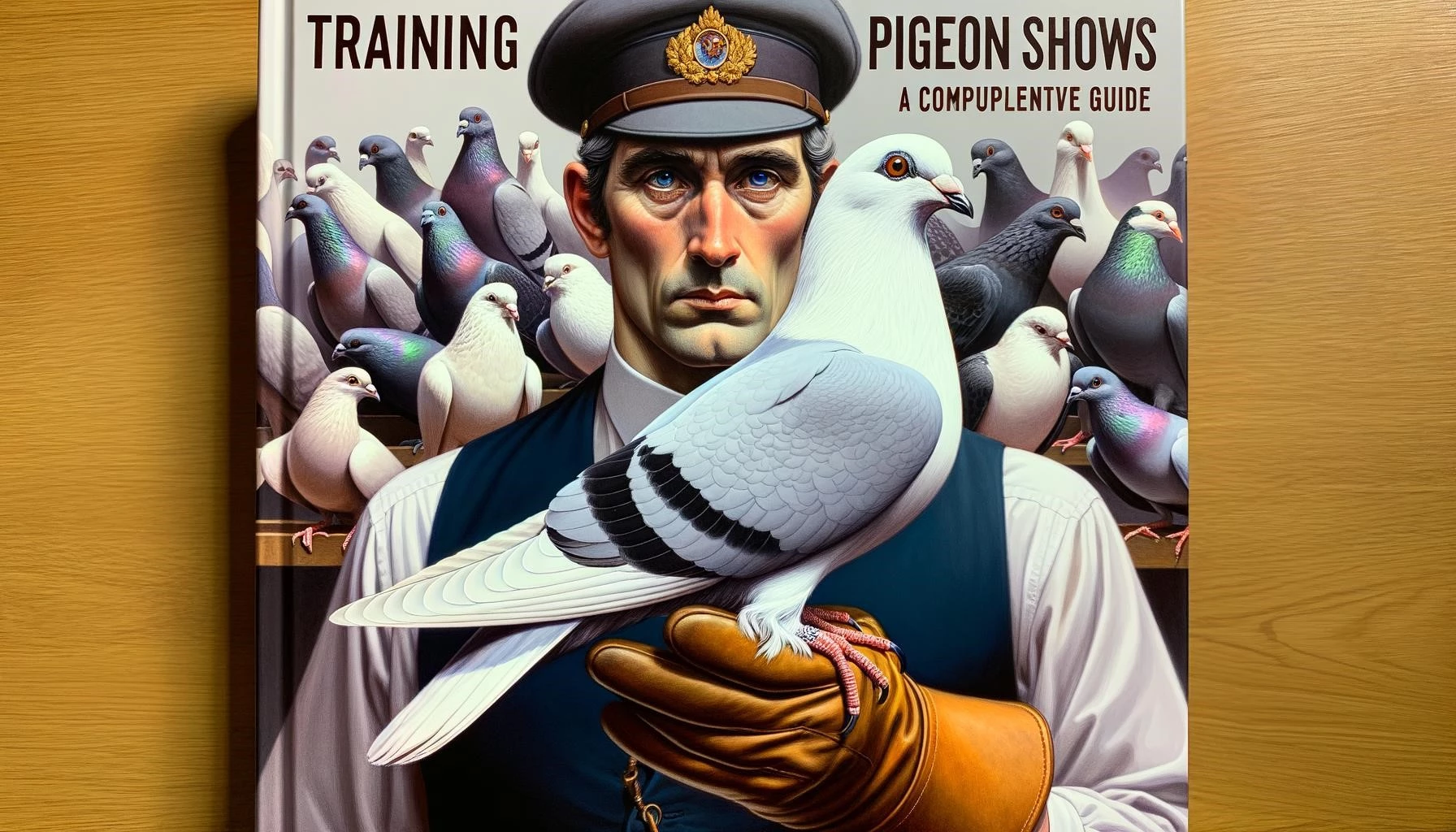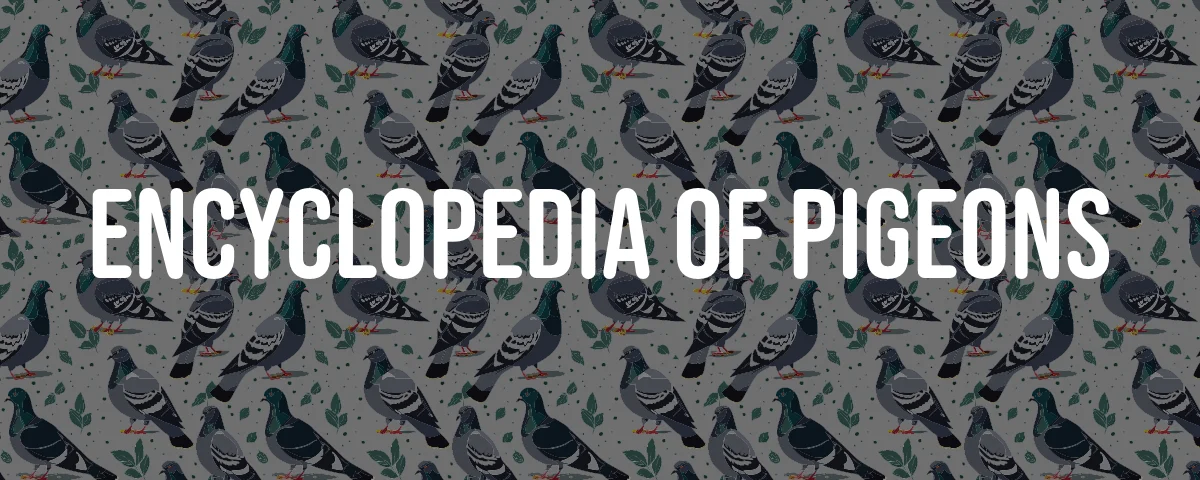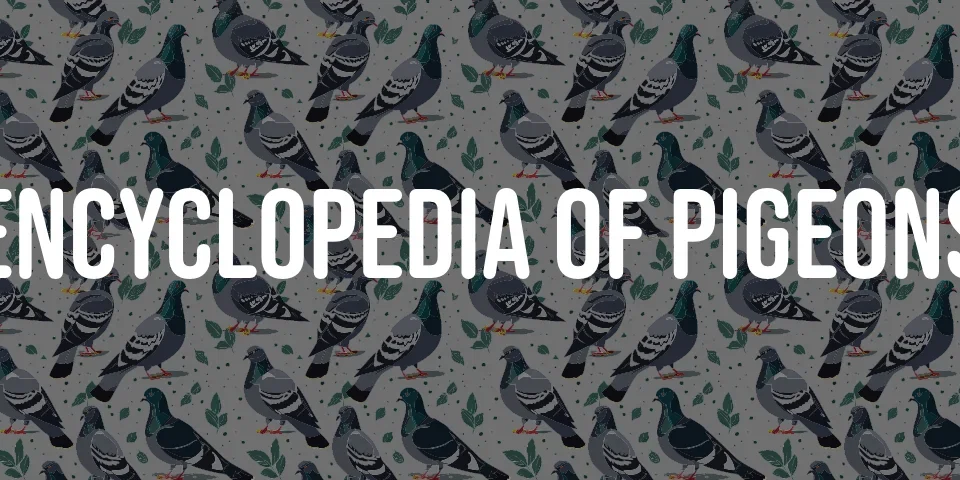The Buda Grizzle Budapest Short-faced Tumbler is a distinctive breed of fancy pigeon, renowned for its unique physical characteristics and historical significance. Originating from Budapest, Hungary, this breed has been developed through selective breeding and is a descendant of the rock dove (Columba livia). The breed is particularly noted for its short beak, bulging eyes, and triangular head, which give it an almost caricature-like appearance. Despite its peculiar look, the Budapest Short-faced Tumbler was initially bred for its high-flying abilities and endurance, but it has also gained popularity as a show pigeon.
History and Origin
The Budapest Short-faced Tumbler, also known as the Budapest Shortbeak, has its roots in Hungary. The breed was created through selective breeding practices aimed at developing a pigeon with exceptional flying capabilities. It was not until the early 1900s that the breed began to be appreciated for its aesthetic value, thanks to the efforts of the Poltl brothers, who were pigeon racing enthusiasts from Budapest. The breed’s ability to fly for extended periods, covering distances of around 800 kilometers, earned it the nickname “Endurance” among fanciers.
Physical Description
Key Characteristics
The Budapest Short-faced Tumbler is characterized by its small face, short and straight black beak, and large, frog-like eyes. The breed’s head is triangular, and these features combined give it an “extraterrestrial” look, often compared to the fictional character E.T. from Steven Spielberg’s movies. The breed is slight in build, typically weighing between five to seven ounces, and has a long “stove-pipe” shaped neck that accentuates its unique head shape.
Recognized Colors
The breed is recognized in three primary colors in local showrooms: blue, grizzle (a blue bird with black wing bars), and stork (a white bird with traces of gray-black on several primaries and the tail).
Table of Key Data
| Feature | Description |
|---|---|
| Country of Origin | Hungary |
| Average Weight | 5 to 7 ounces |
| Beak | Very short, straight, black |
| Eyes | Large, bulging, frog-like |
| Head Shape | Triangular |
| Neck | Long “stove-pipe” shaped |
| Recognized Showroom Colors | Blue, Grizzle, Stork |
| Conservation Status | Common |
| Breed Group | Fancy |
| EE Breed Group | Tumbler and Highflyer |
Breeding and Conservation
Breeding Budapest Short-faced Tumblers is a challenging endeavor due to their physical characteristics. The breed’s short beak and large eyes make it difficult for chicks to hatch from their eggs, as they cannot effectively chip away at the eggshell. Consequently, breeders often have to intervene and assist the chicks during hatching to prevent exhaustion and death. This process requires meticulous record-keeping and timing to ensure successful extraction from the egg.
The breed’s small beak also complicates the feeding process, as both parents and chicks struggle with “milking,” leading to the necessity of human intervention or fostering by long-beaked pigeon breeds. Despite these challenges, breeders find the effort worthwhile due to the breed’s rewarding nature and the active role they can take in the birthing process.
Behavior and Temperament
The Budapest Short-faced Tumbler is known for its calm and trusting nature, especially when hand-fed by breeders. This trait makes them more approachable and potentially better pets. Their flying and tumbling abilities are less emphasized in modern times, as the breed is now more commonly raised for its unique appearance and show qualities.
Interesting Facts
- The Budapest Short-faced Tumbler’s unique appearance has made it a subject of interest and discussion among pigeon enthusiasts and the general public alike, with its looks often described as “alien-like” or reminiscent of a caricature.
- The breed’s high mortality rate during hatching and the challenges associated with feeding make it a rare and valuable breed among pigeon fanciers.
- The breed’s peculiar features, while contributing to its rarity, also make it a rewarding choice for breeders who are willing to invest the time and effort into raising these pigeons.






